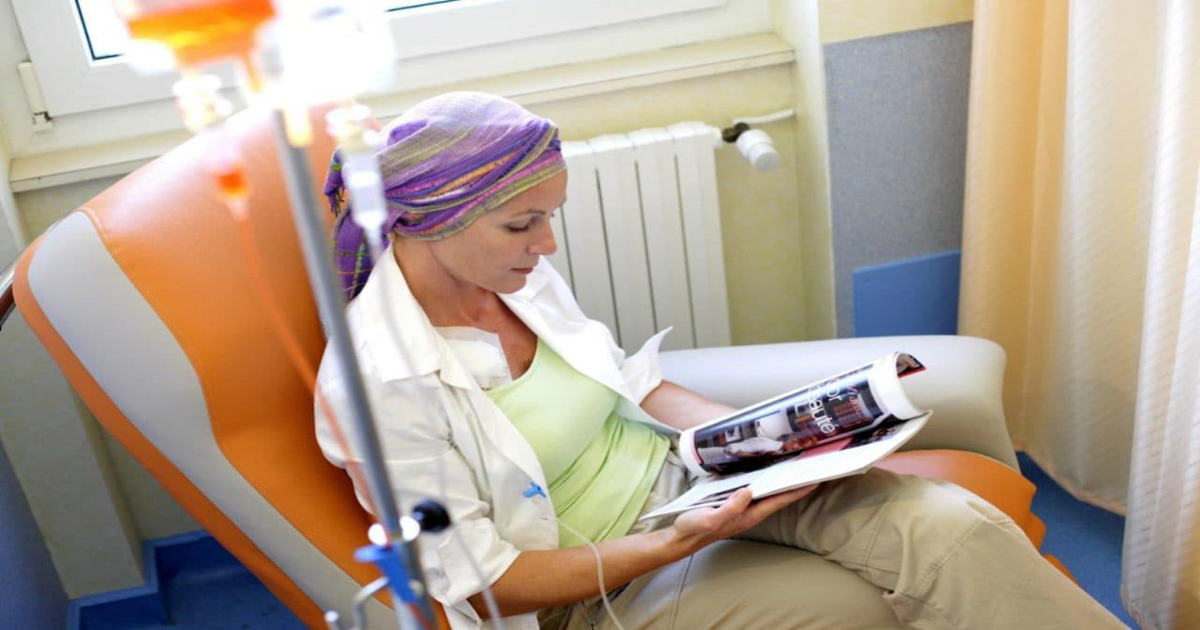Major Acute Myeloid Leukemia Treatments
Acute myeloid leukemia is a type of cancer in which the bone marrow produces abnormal myeloblasts, red blood cells, or platelets. White blood cells become abnormal and block healthy blood development from within the bone marrow. Typically, individuals suffering from acute myeloid leukemia feel fatigued, bruise easily, experience shortness of breath, and start bleeding often for unknown reasons. The good news for patients with this form of cancer, however, is there are quite a few options when it comes to treatment.
Leukapheresis

Leukapheresis, a specific type of apheresis, is a procedure in which white blood cells are separated from other parts of the blood. When it comes to acute myeloid leukemia, a big part of the problem with the patient's blood is there are too many white blood cells being produced, which can sometimes cause blockages. The process of leukapheresis will remove the blood from a patient's body and scrub the white blood cells out of the blood and return the clean blood to the patient simultaneously. This type of treatment lowers the white blood cell count in the system right away, thus allowing other treatments to get a foothold.
Chemotherapy

The age and overall health of the patient with acute myeloid leukemia will dictate the type of chemotherapy used. Doctors now have various choices on how they will proceed with chemotherapy. Given the invasive nature of chemotherapy, the process will need to be completed in the hospital under the watchful eye of trained professionals. The hospital stay can be up to a week and during this time the patient normally feels very ill.
The goal of chemotherapy is to kill the abnormal cells, however, an unfortunate side effect is the destruction of most of the normal bone marrow. The challenge with achieving the desired outcome is extremely high doses of chemotherapy can damage the bone marrow beyond repair. The medical team will need to find the right chemotherapy balance to fight the patient's acute myeloid leukemia.
